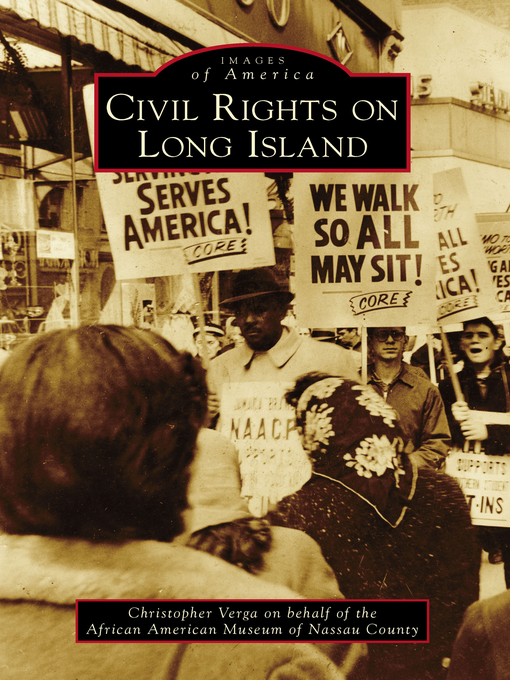- Available now
- New eBook additions
- New kids additions
- New teen additions
- Most popular
- Try something different
- See all
-
Description
-
Details

OverDrive Read
- ISBN: 9781439657546
- File size: 21873 KB
- Release date: October 3, 2016
Formats
OverDrive Read
subjects
Languages
English
